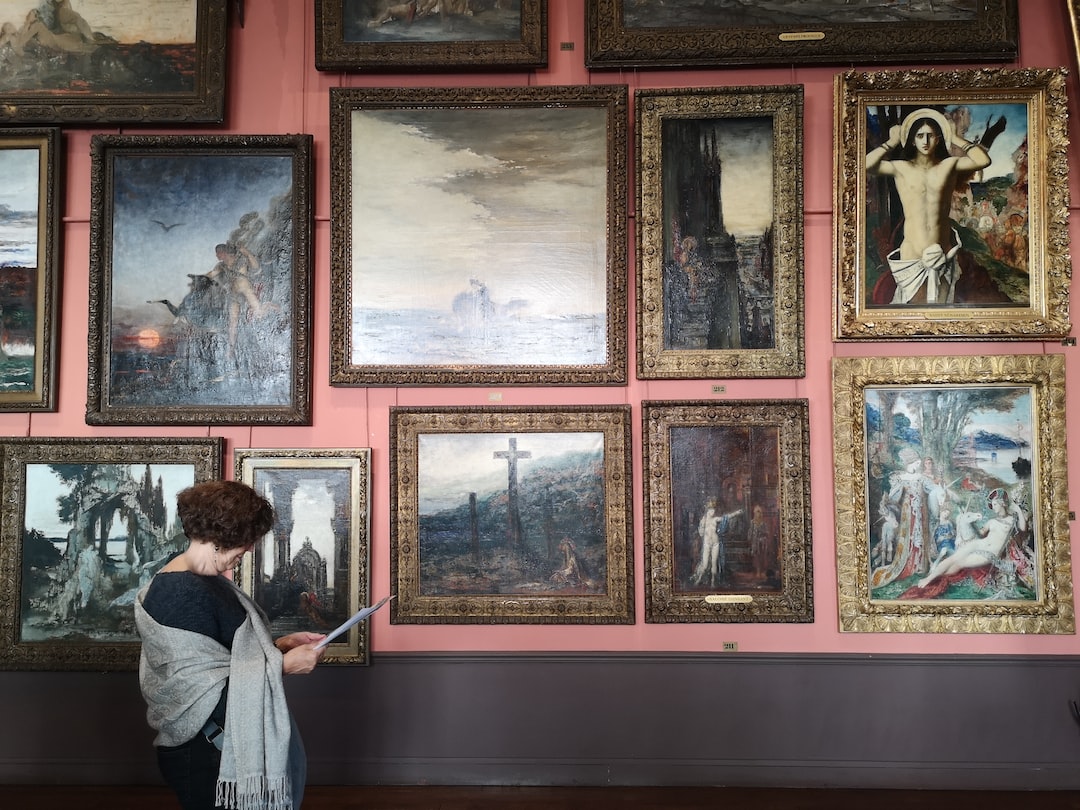Exploring the Intersection of Fashion and Art
Fashion and art have long been intertwined, each constantly influencing and inspiring the other. They share a common goal of self-expression, creativity, and evoking emotion. The intersection of fashion and art allows for an exploration of individuality, cultural expression, and societal commentary. In this blog post, we will delve into the fascinating world where these two industries converge and discover the impact they have on each other and on society.
Fashion has often been referred to as a form of wearable art. Designers use clothing as a canvas to express their artistic vision and showcase their creativity. Just like an artist carefully chooses colors, textures, and shapes in their artwork, a fashion designer meticulously selects fabrics, patterns, and silhouettes to bring their designs to life. The runway becomes an art gallery, with models acting as living sculptures, showcasing the designer’s artistic vision to an appreciative audience.
One cannot discuss fashion and art without mentioning iconic figures in both industries who have blurred the boundaries between the two. Designers like Yves Saint Laurent, who drew inspiration from artists like Piet Mondrian and Henri Matisse, created garments that were not just fashionable but also works of art. Collaborations between fashion houses and artists, such as Louis Vuitton’s partnership with Takashi Murakami, also demonstrate the common ground between the two fields. These collaborations often result in limited-edition collections where fashion becomes a medium of art and art becomes an inspiration for fashion.
Art, on the other hand, has always served as a muse for fashion designers. Paintings, sculptures, and art movements have influenced countless collections throughout history. The works of Pablo Picasso, for example, inspired the renowned fashion designer Jean Paul Gaultier, who incorporated Picasso’s distorted shapes and vibrant colors into his designs. Art movements like Cubism and Surrealism have been emulated on the runway, transforming clothing into three-dimensional canvases.
Beyond individual designers and their collaborations, fashion as a whole has always been influenced by art movements. The current popularity of abstract patterns, color blocking, and bold motifs in mainstream fashion can be traced back to the abstract expressionist movement. Artists like Jackson Pollock and Mark Rothko, with their striking colors and bold brushstrokes, have inspired fashion designers to experiment with vibrant hues and unconventional patterns.
However, the intersection of fashion and art is not limited to high-end designer clothing. Streetwear and pop culture have also ushered in a new era where fashion and art intertwine. Graffiti and street art have had a major influence on streetwear brands, with artists like Keith Haring and Jean-Michel Basquiat becoming synonymous with urban fashion. The merging of street art and clothing has not only democratized fashion but has also challenged traditional standards of art by bringing it to the streets and making it accessible to a wider audience.
Exploring the intersection of fashion and art goes beyond aesthetics; it also opens up opportunities for social and cultural commentary. Fashion designers have used their creations to address important societal issues, challenge norms, and promote inclusivity. Art has always been a powerful medium for expression, and when combined with fashion, it has the potential to spark conversations and drive change.
In conclusion, the intersection of fashion and art is a dynamic and ever-evolving space that fosters creativity and self-expression. From high-end designer collaborations to streetwear influenced by urban art, these two industries continue to inspire and influence each other. The result is a myriad of designs that not only reflect the artistic vision of a designer but also capture the spirit of a cultural moment. The intersection of fashion and art is a testament to the transformative power of creativity and the boundless possibilities when these two worlds collide.

